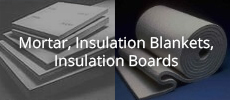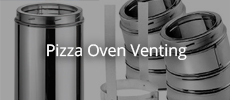Hi,
Have been reading this forum for some time, and time to put the theory into practice.
Planning to build a 70 cm ID oven using the homebrew mix.
A few questions that I got so far:
1. Size of the base. Want to make it compact on the sides, so I guess to leave room for around 8 cm of wall thickness + some perlcrete insulation on each side I shouldn't go below 110 cm width.
Lenghtwise I want to leave room for the flue gallery + some open space, so around 120cm?
2. I that see some are people casting their flue gallery separately from the sphere. Are there any pros/cons of doing that?
3. Materials:
- Fireclay is an undefined word here. But I can get kaolin/china-clay. Having done a search I see that others has used it with success. But open for any comments.
- As for reinforcement I see that the main concrete supplier here has both SS-needles and basalt fibers in stock. They claim the latter has better refractory properties. They also look a bit finer and maybe easier to use than SS-needles. Has anyone tried it?
Thanks in advance for any advice
Have been reading this forum for some time, and time to put the theory into practice.
Planning to build a 70 cm ID oven using the homebrew mix.
A few questions that I got so far:
1. Size of the base. Want to make it compact on the sides, so I guess to leave room for around 8 cm of wall thickness + some perlcrete insulation on each side I shouldn't go below 110 cm width.
Lenghtwise I want to leave room for the flue gallery + some open space, so around 120cm?
2. I that see some are people casting their flue gallery separately from the sphere. Are there any pros/cons of doing that?
3. Materials:
- Fireclay is an undefined word here. But I can get kaolin/china-clay. Having done a search I see that others has used it with success. But open for any comments.
- As for reinforcement I see that the main concrete supplier here has both SS-needles and basalt fibers in stock. They claim the latter has better refractory properties. They also look a bit finer and maybe easier to use than SS-needles. Has anyone tried it?
Thanks in advance for any advice







Comment